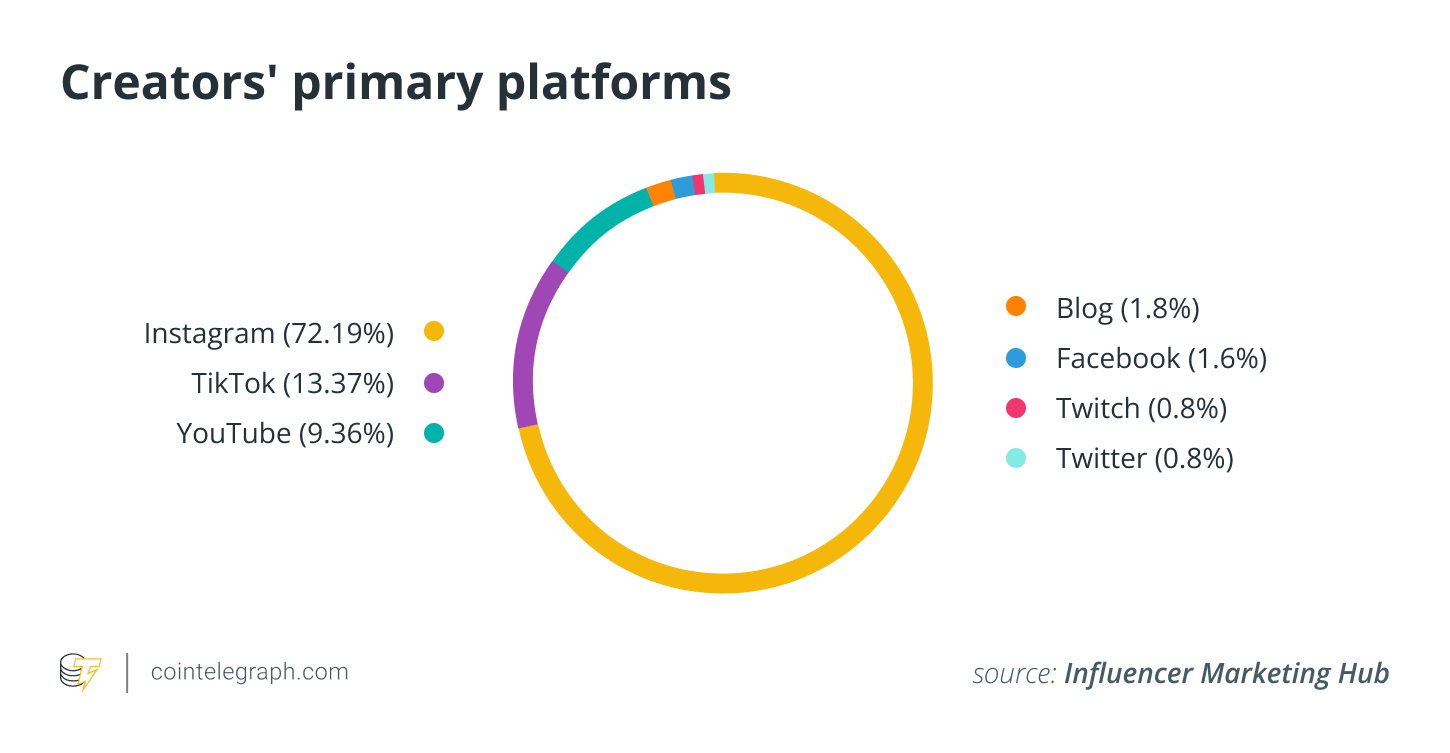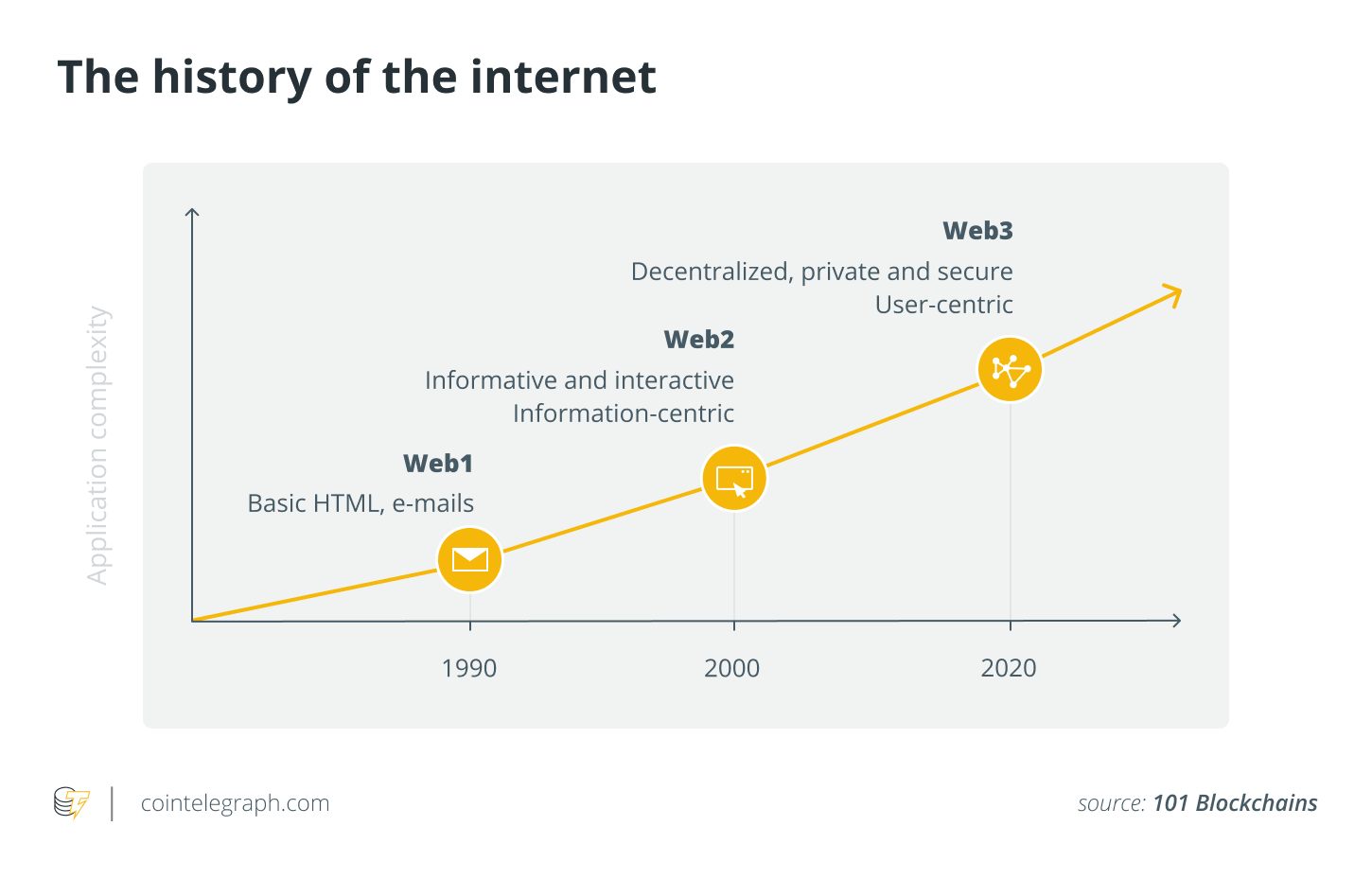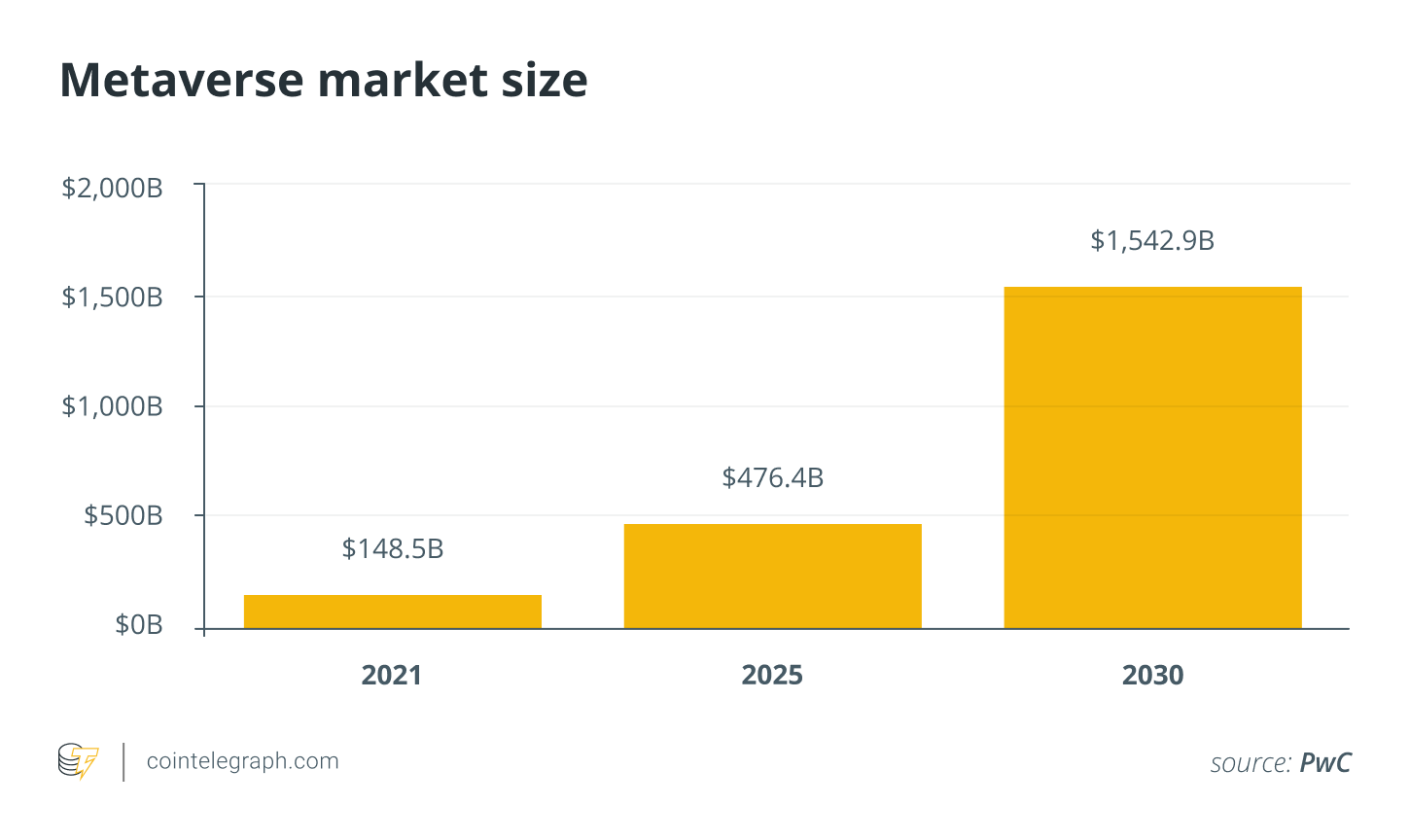Content constitutes the essence of the internet and comes in many different forms that the current Web2 internet iteration supports — text, audio, video or a mix of all three. However, content is scarcely a free resource. It is content creators who are now becoming opinion leaders, influencers and the cornerstones of so many of the critical services businesses rely on, such as advertising, marketing and public relations management.
The need for content and its strive for independence — embodied by thousands of bloggers and indie performers — has spawned an immense online economy that trades talent and often rakes in sales volumes many a top-level artist would salivate to earn. This economy has been dubbed the creator economy: a financial framework that allows independent individuals to earn on their self-expression by feeding audiences the type of content they are willing to pay to consume.
The creator economy is a tremendous force: a unique, online phenomenon that overstepped the $104-billion market size threshold at the end of 2021. Given the snowballing demand for new content on popular platforms, such as TikTok, that empower independent artists and performers, experts are hesitant to make forecasts about the potential market size of the creator economy in the near future.

The reason for the lack of tangible predictions is that the creator economy is an extremely young phenomenon that started with the COVID-19 pandemic. The lockdowns evoked a wave of talent among people confined indoors, resulting in a release of creativity that others sharing confinement were eager to consume as much-needed entertainment.
Related: The best is yet to come: What’s next for blockchain and the creator economy
Considering that micro-entrepreneur creators are closely related to influencer marketing, which spots around $13.8 billion in market size, it is possible to understand the prospects that further expansion of the phenomenon can yield. More importantly, experts believe the transition to a new technological medium will allow content creators to overwhelm markets and industries with new opportunities for product and service promotion.
More than 50 million creators are driving their own economy of talent, attracting in excess of $800 million in venture capital. Such figures are but a shadow of what they can become later, as new venues are rapidly becoming available.
The development of blockchain technologies has resulted in a sweeping revolution across financial markets, empowering individuals instead of institutions and channeling ownership of data and funds to their holders. The qualities of the blockchain — immutability, full transparency and the trustless nature of operations — have permeated many industries, swooning the balance of business orientation from centralized corporate reliance to decentralization. This shift in the basic concepts that govern relations between participants to transactions, facilitated by smart contracts, has not gone unnoticed in the creator economy.
With the decentralized finance and GameFi sectors marshaling across their respective industries and detracting droves of users from conventional approaches to banking and gaming, it was only a matter of time before influencers and content creators decided to shift the paradigm in their operating environments. The content creation model has been altered forever with the incorporation of blockchain technologies that allow users to incentivize content creators, while creators can actually monetize their talent without having to share the proceeds with centralized, often-unfair hosting platforms.
Related: DAOs are the foundation of Web3, the creator economy and the future of work
The development of metaverses — fully digital environments powered by the blockchain on Web3 and virtual reality — will herald a new era in content creation. Never before has talent had access to such an advanced set of tools to embellish even the bravest of ideas on the threshold of the real and digital worlds.

Metaverses allow creators to visualize in stunning graphical detail anything from an opera concert in the void of space against a backdrop of nebulae to a blog stream on a deserted island. Anything creativity can fathom can be implemented in the metaverse for the benefit of all parties involved. By relying on the unlimited opportunities of the metaverse in its incorporation of virtual reality, content creators will be able to unleash their creativity and allow it to roam wild. Such promises of unseen quality of content can only be described as honeysuckle for an eager audience of viewers longing for more variety in types of content consumed — and, more importantly, new experiences.
The blockchain basis of the metaverse offers even more benefits for content creators, as it allows them to employ various mechanisms for monetizing their content through the versatile nature of internal cryptocurrencies. Users can stake their digital assets on specific creators, encouraging them to release more content of a certain type. Others can pay to access special content, while others can simply reward their favorite creators with donations. The monetization avenues are numerous, and content creators can always be sure that their talent will be paid for and no hosting platform can strip them of their earnings.

Even more lucrative are the prospects for businesses in terms of content-creator economy permeation in the metaverse. Marketing, advertising and promotion in general gain a new lease on evolution with content that can be tailored in an endless variety of ways and seamlessly integrated into the channels of select creators. The metaverse provides businesses with an entirely new frontier for deployment and audience reach, and the creators are the takeoff ramps that can showcase products and services before their followers — for a price.
The metaverse is the next iteration of the internet we know today: a fully user-centric environment serving the purpose of elevating creativity to a new level. However, audiences will not be the only sources of revenue for content creators, as businesses are eager to tap into this lucrative niche and leverage the possibilities offered by native, organic and highly versatile ad integrations in virtual reality content.
This article does not contain investment advice or recommendations. Every investment and trading move involves risk, and readers should conduct their own research when making a decision.
The views, thoughts and opinions expressed here are the author’s alone and do not necessarily reflect or represent the views and opinions of Cointelegraph.


Copyright © 2022.AssessCrypto All rights reserved.